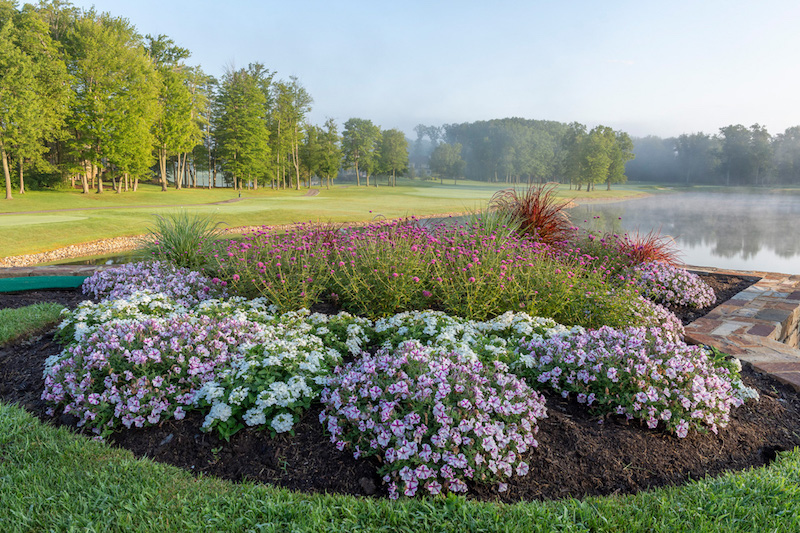Top Guidelines Of Hilton Head Landscapes
The Ultimate Guide To Hilton Head Landscapes
Table of ContentsSome Known Details About Hilton Head Landscapes Hilton Head Landscapes Things To Know Before You Get ThisHilton Head Landscapes Can Be Fun For AnyoneGetting My Hilton Head Landscapes To WorkRumored Buzz on Hilton Head Landscapes10 Simple Techniques For Hilton Head LandscapesThe 3-Minute Rule for Hilton Head Landscapes
Line develops all types and patterns and can be used in a selection of methods the landscape. Line in the landscape is created by the side between 2 products, the overview or shape of a type, or a lengthy direct feature. Lines are an effective tool for the developer due to the fact that they can be utilized to develop a boundless variety of forms and types, and they regulate movement of the eye and the body.
.jpeg)
Lines can have one or even more attributes, such as those described listed below, however they usually offer different purposes. Number 1. Lines in the landscape - landscapers in bluffton sc. The buildings of lines identify just how people reply to the landscape, both emotionally and literally. Straight lines are structural and powerful; they create a formal personality, are usually linked with a symmetrical design, and lead the eye directly to a centerpiece.
All about Hilton Head Landscapes
Curved lines develop a casual, natural, relaxed personality that is linked a lot more with nature and asymmetrical balance. Bent lines relocate the eye at a slower pace and add enigma to the area by creating surprise sights.
Vertical lines in the landscape include tall, slim plant material, such as trees, or tall structures, such as an arbor or a bird residence on a pole. Horizontal lines relocate the eye along the ground aircraft and can make a space really feel larger. Reduced lines are much more controlled and develop a feeling of remainder or repose.
Not known Details About Hilton Head Landscapes
Low lines are produced by reduced yard walls, sidewalks, and short bushes. Lines are used to attract forms on a plan. In strategy view, they define plant beds and hardscape areas. Lines are likewise developed by the vertical types of developed functions and plant product. There are 3 primary line types that produce kind in the landscape: bedlines, hardscape lines, and plant lines.
Bedlines attach plant material to your home and hardscape since the eye complies with the line, moving the look through the landscape. Hardscape lines are created by the side of the hardscape, which delineates the constructed framework. Line can also be produced by lengthy and narrow products, such as a fencing or wall.
The 6-Second Trick For Hilton Head Landscapes
Kind is discovered in both hardscape and plants, and it is generally the leading aesthetic element that spatially organizes the landscape and often figures out the design of the garden. The kind of structures, plant beds, and garden ornaments also establishes the total kind motif of the yard. Official, geometric types include circles, squares, and polygons.
Plants produce form in the yard via their lays out or silhouettes, however type can also be defined by a void or adverse room in between plants - landscaping hilton head sc (http://go.bubbl.us/e336a4/f200?/New-Mind-Map). Circles can be full circles, or they can be divided into fifty percent circles or circle sections and integrated with lines to create arcs and tangents
Hilton Head Landscapes for Beginners
Circles can also be stretched right into ovals and ellipses for more selection and interest. Circles are a solid design kind because the eye is constantly drawn to the center, which can be made use of to highlight a focal factor or connect various other kinds. Figure 2. Round forms in hardscape and yard panels.
The square type can likewise be fractional and used consistently to produce a grid pattern. Unlike circles, squares are more powerful on the sides, which can be lined up or overlapped to develop unique patterns and more complicated types.
Twisting lines often simulate the natural course of rivers or streams and can be referred to as smooth lines with deeply rounded wavinesses. Twisting lines (Number 3) function well for paths, plant bedlines, and completely dry stream beds. Twisting lines can include passion and enigma to a yard by leading viewers around corners to discover new views and spaces.
Hilton Head Landscapes Things To Know Before You Get This

Common plant kinds are well established and standardized, as kind is the most constant and recognizable feature of plants. Type can also be developed with the massing of plants, where the total mass produces a different kind than an individual plant.
An extremely contrasting kind needs to be used with careone or 2 work well as a centerpiece, however way too many create disorder. Natural plant kinds, instead of over-trimmed kinds, should develop the bulk of the make-up. The importance of overall kind is essentially dependent on the checking out perspectivethe form of a tree can appear fairly different to an individual standing under the cover versus seeing the tree from a range in an open field.
Some Known Incorrect Statements About Hilton Head Landscapes
Plant forms likewise develop and define deep space or open spaces between the plants, creating either convex or concave types in deep spaces. High-arching tree branches usually produce a concave open room under the branches, and a rounded cover with low branches fills the area to produce a see post convex type outdoors area under the tree.
